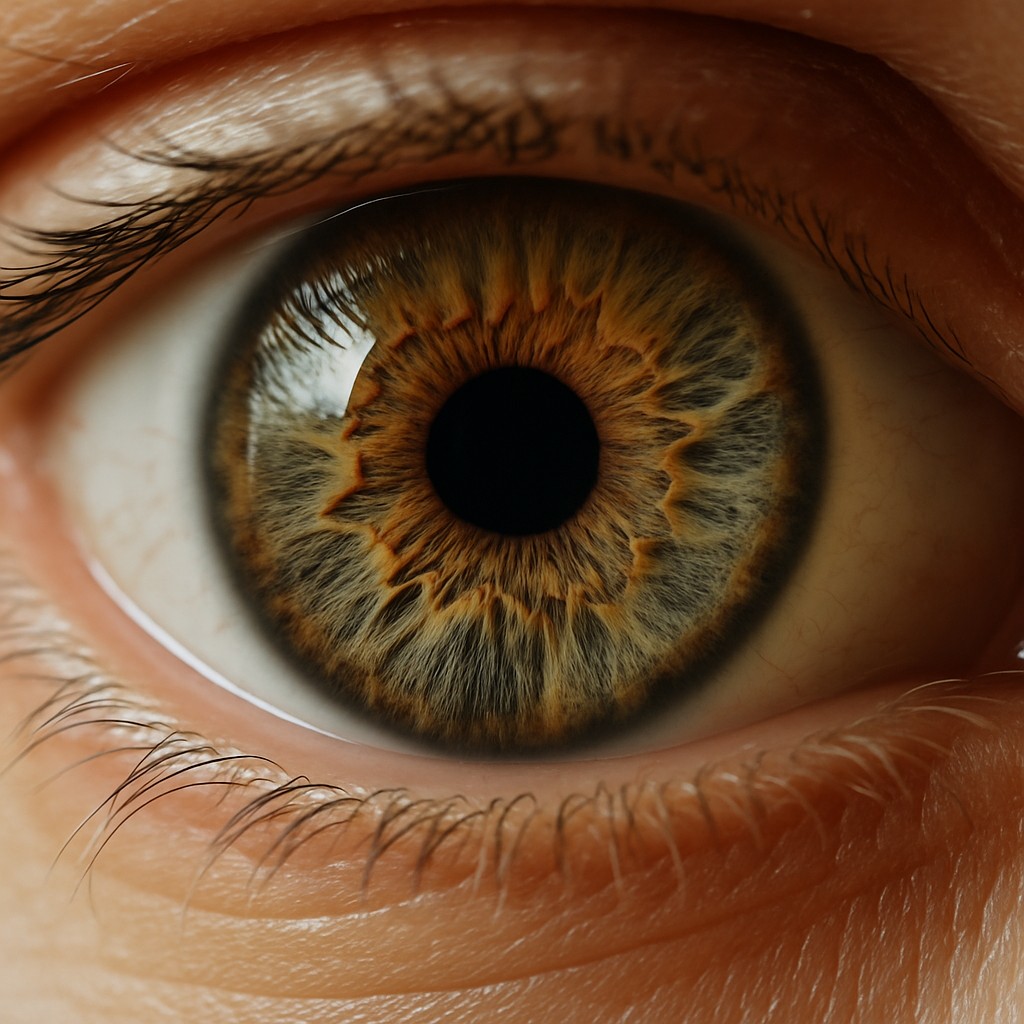Tibetan Naturopathy Consultation (Traditional Tibetan Medicine)
The diagnostic methods used include pulse assessment, urine analysis, palpation of various points on the body, and examination of the tongue and ears, among others.
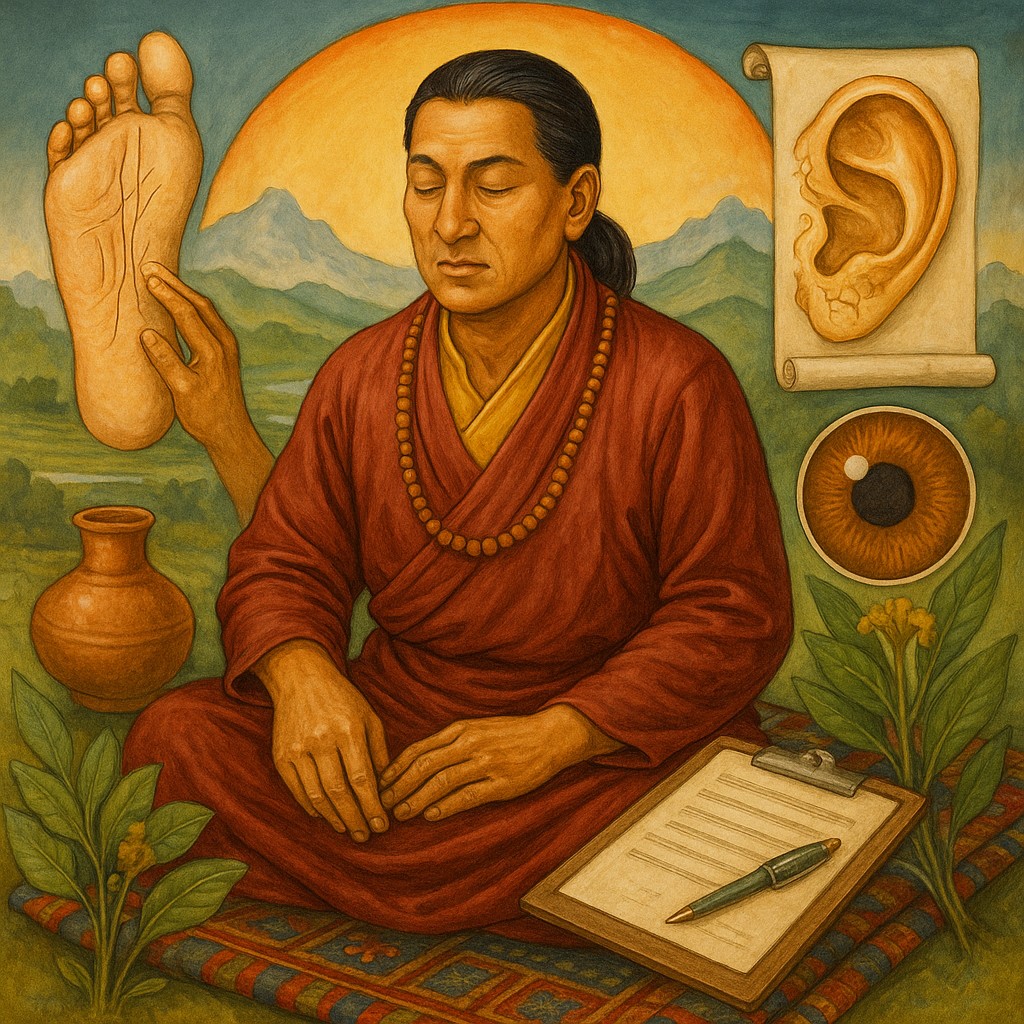
KU NYE – TRADITIONAL TIBETAN MASSAGE
Tibetan massage is one of the most practical and effective methods for restoring energy and maintaining emotional balance. It is especially effective for wind/rLung disorders or psychological disturbances.
A good and properly applied massage technique helps with many physical and psychological issues, whether caused by humoral imbalances or by stressful and high-pressure work environments.
In general terms, some of the main effects of this therapy include:
- elimination of toxins accumulated in the body,
- increased vitality,
- reduction and relief of various types of pain and syndromes
- relaxation in cases of nervous disorders, such as:
- insomnia
- depression
- anxiety
The rejuvenating and restorative benefits of Tibetan massage are mentioned in various traditional Tibetan texts.
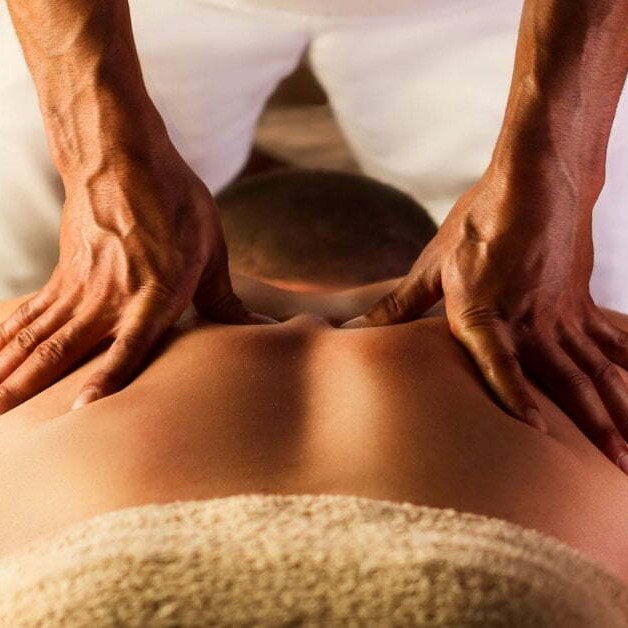
DO NYE – STONE AND SHELL MASSAGE
This external therapy uses stones from rivers, lakes, or the sea, as stones polished by water are not rough or sharp and generally have rounded, oval, or elongated shapes.
Rounded and oval stones are used to work the muscles, while elongated stones are applied to critical points for acupressure.
In the tradition of Tibetan Medicine, agates, crystals, and different types of shells are also frequently used:
- Agates and crystals are used to treat bile disorders, infections, and acute pain.
- Shells are applied to meridians and in the treatment of neurological problems, such as sciatica.
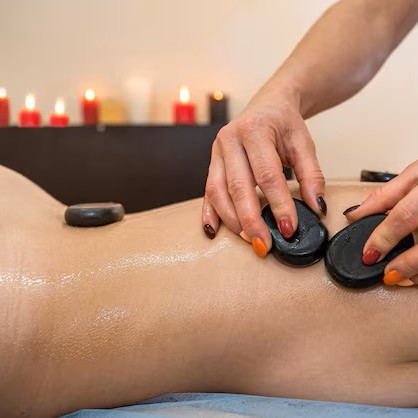
YUKCHÖ – MASSAGE WITH THE WOODEN STICK
Massage with a stick is especially indicated for nervous disorders that may arise even during practices such as meditation or intense spiritual exercises.
Treatment with the stick offers a deeper and more intense effect than acupressure. The vibrations generated by the stick help concentrate the disorder at the treated point, expelling it from the body — a concept similar to Tibetan therapeutic bloodletting.
It is recommended for relieving symptoms such as:
- Headaches and mood imbalances (Wind) manifesting in the head
- Stiff or twisted neck (torticollis)
- Stiffness or paralysis in the limbs
- Sadness or melancholy
- Sharp back pain
- Tightness in the chest
- Flatulence
- Diaphragm problems
These are just some of the symptoms that can be alleviated with the Yukchö technique.
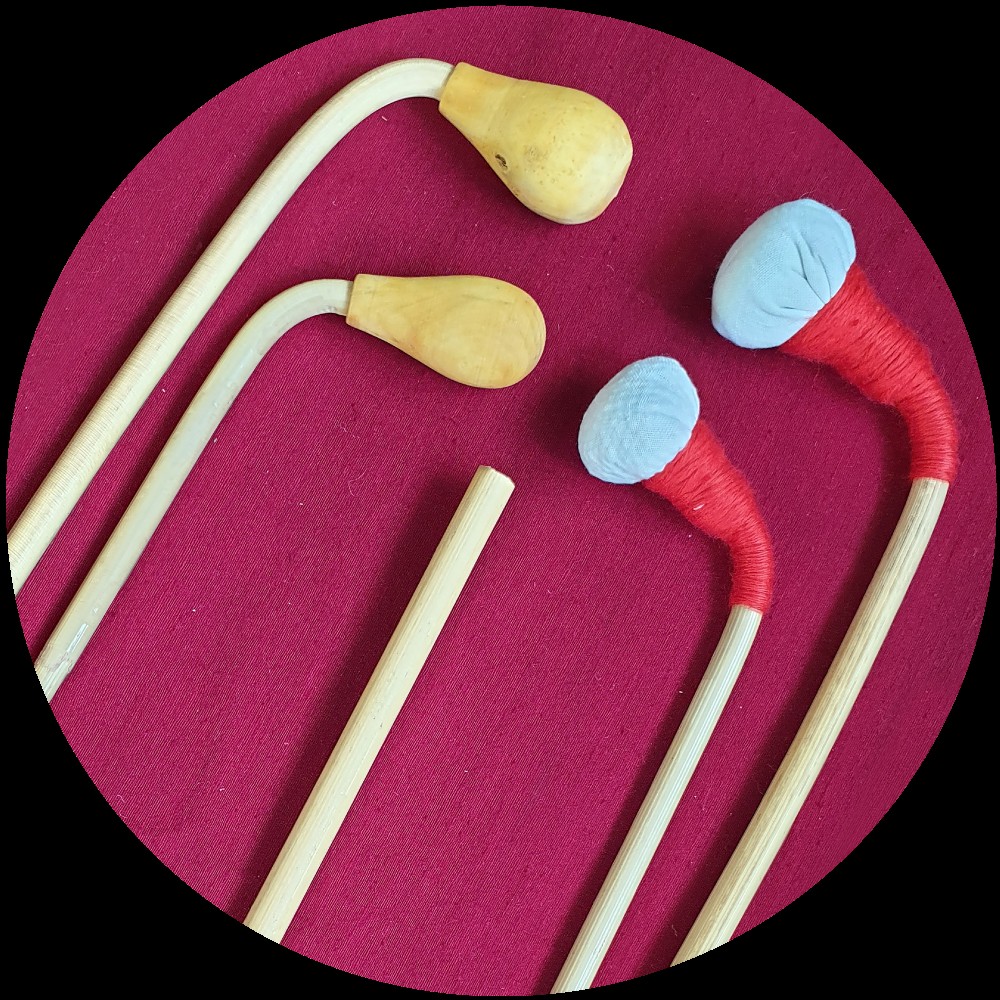
THURCE – TIBETAN ACUPUNCTURE
Tibetan acupuncture aims to concentrate and release heat and negative energies accumulated in the body. Additionally, thermal stimuli can be applied to the points: heat (with moxa over the needle) or cold (with a cooled needle), as well as the use of different types of needles (gold needles, etc.) for various types of conditions.
It is important to note that the points used in Tibetan medicine differ from those in traditional Chinese acupuncture, which follow the meridians. In the Tibetan tradition, acupuncture is applied to a "shadow area" — a region associated with the energy of an organ — to stimulate its energetic function.
Tibetan acupuncture is a beneficial practice for all individuals, promoting balance and vitality.
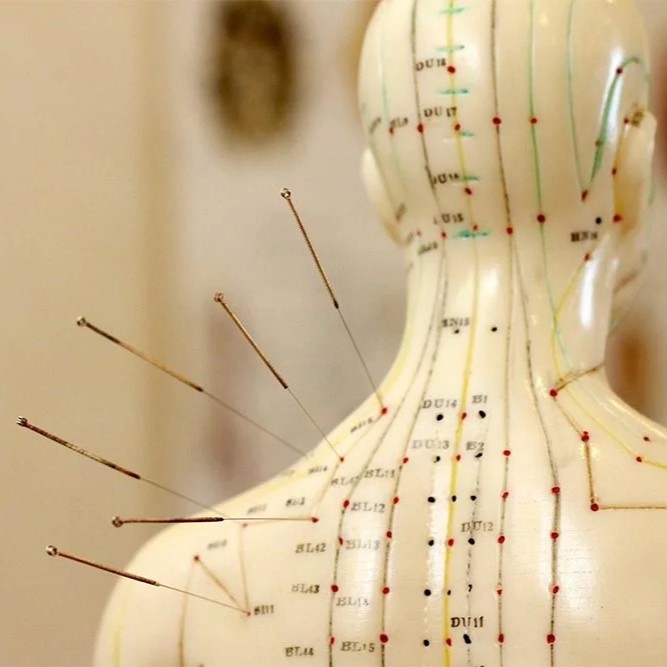
ME TZA – TIBETAN MOXIBUSTION (MOXA)
Tibetan moxibustion is a therapy that works through the use of heat — specifically, the heat produced by a substance (traditionally mugwort) applied to a specific point helps energy circulate and reduces pain.
The therapeutic action of moxa is produced by the heat generated by burning the plant (mugwort), which, when applied to specific points on the body, relieves pain, stimulates the harmonious circulation of blood and energy, and removes energetic blockages.
Applied to specific points from Traditional Tibetan Medicine (TTM), moxa warms the Wind and blood humor points, helping to rebalance energy and treat disorders of the internal organs.
Some of the most common therapeutic effects include:
- Poor digestion
- Swelling caused by Phlegm
- Pain in the limbs
- Tendon stiffness and movement difficulties due to Wind
- Excess fluid accumulation
- Mental and emotional disorders related to Wind imbalance (such as sadness, depression, memory loss)
- Abscesses
- Various neurological problems (e.g., neuralgia, sciatica)
- Arthritis
- Others
Moxa treatment is beneficial for diseases that manifest through humoral imbalances of Baekan (Phlegm) and Wind (rLung).
Hor-me (Hor Moxa)
Hor-me therapy is practiced with simple and effective materials. It is usually made from warm melted butter or warm oil (suitable to the humor – energy) with added ingredients and can be prepared and applied in various ways.
This therapy aims to heal Wind (rLung) disorders (issues related to stress, etc.), restore sleep, release tension, and relax both body and mind. It is widely used in Tibetan medicine.
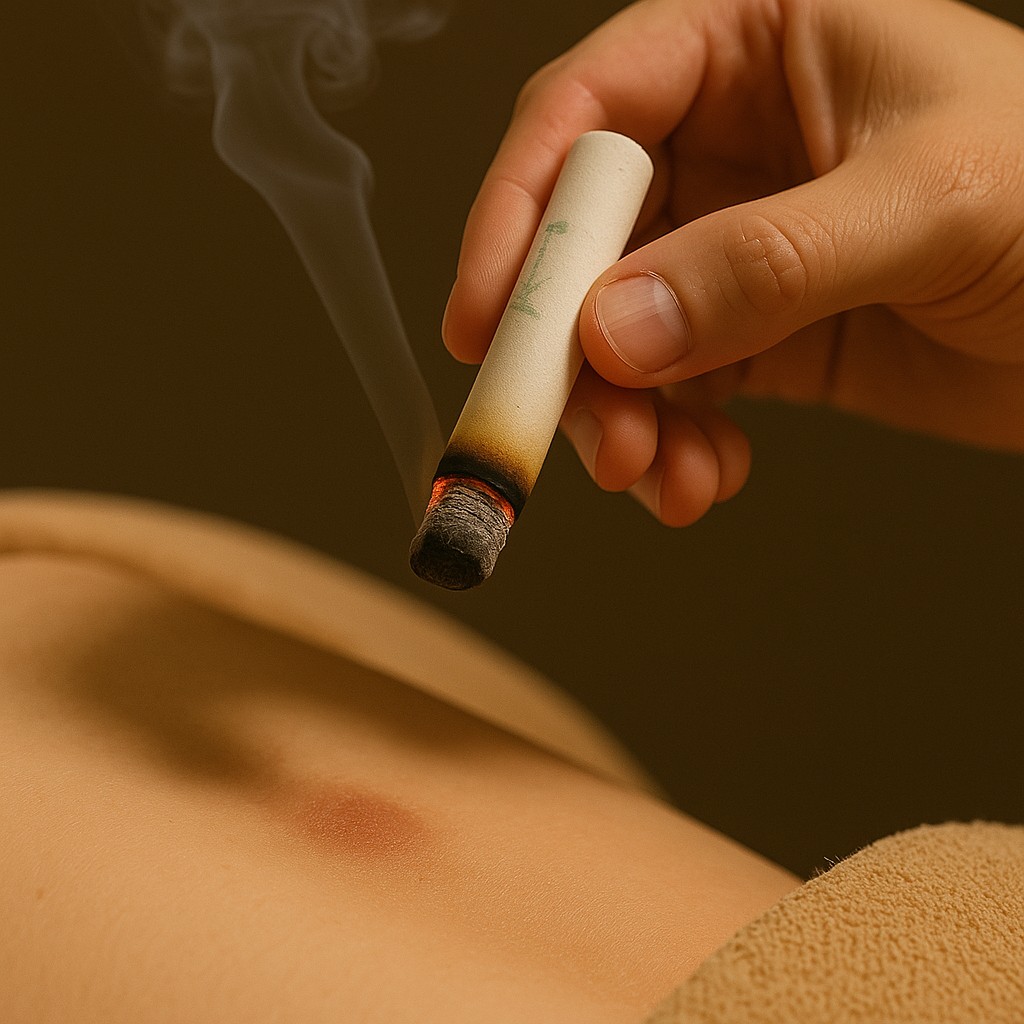
ME BUM – TIBETAN CUPPING (FIRE VESSEL)
Known as “the therapy with the Buddha’s nectar vessel,” the cupping technique traditionally uses copper vessels, valued for their ability to absorb negative energies. Metals like silver and bronze also have similar properties. Nowadays, glass cups are widely used.
Cupping is applied when it is necessary to expel excess Wind, Bile, or Phlegm accumulated in a specific area of the body, promoting the harmonious circulation of energies.
The main indications include:
- Stiffness and tension in the neck and trapezius muscles
- Cough and asthma attacks
- Diaphragmatic spasms and hiccups
- Intercostal pain
- Gas, menstrual cramps, and diarrhea
- Sciatica
- Sharp pain in the upper back caused by blood dysfunction or Wind humor
- Combined blood and Wind disorders manifested in the upper body
- Energetic blockages in the upper body
- Hip misalignment
- Oppressive chest pain
- Respiratory issues and hyperventilation
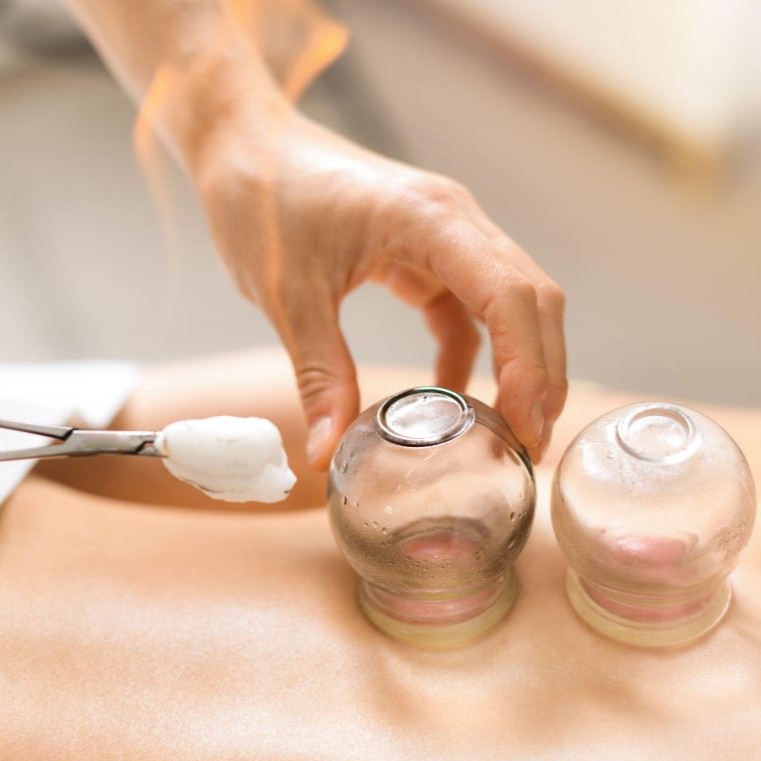
CHU LUM – TIBETAN BALNEOTHERAPY
This therapy is directly related to the element of water. Water naturally rich in therapeutic properties (such as thermal waters) can be used, or water in which medicinal herbs have been boiled, and it can be applied either in liquid form or as steam.
Therapeutic waters are classified into two types:
- Thermal waters: with natural healing properties
- Herbal waters: prepared with Tibetan medicinal plants known as “The Five Nectars” – Dul Tsi Nga Lum (nectar – five – water)
Medicinal baths in Tibetan medicine are traditionally prepared with these five medicinal flowers. They have the ability to strengthen the body and balance energies, and are recommended for both ill individuals and healthy ones as a form of prevention and revitalization.
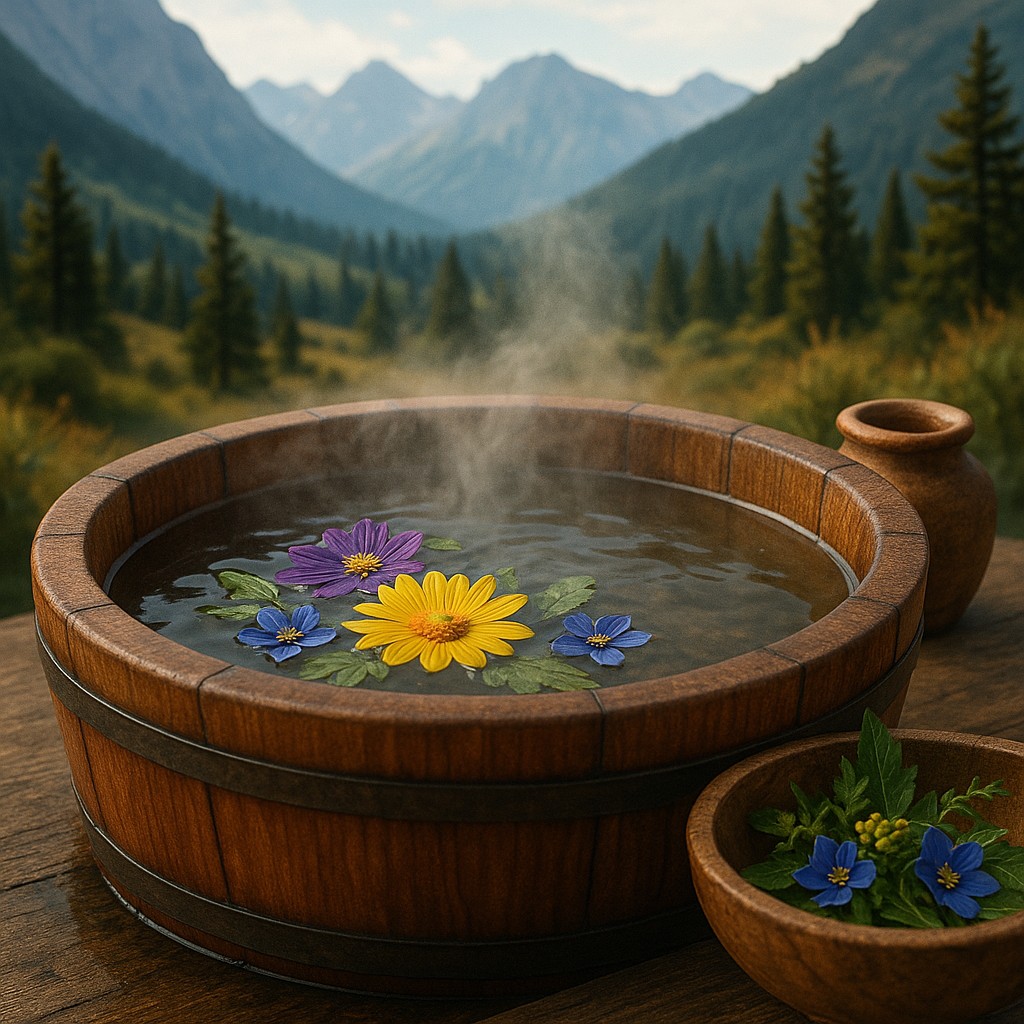
THERAPEUTIC COMPRESSES
Compresses, prepared with medicinal ingredients, salts, or stones, are applied to specific points of the body. This form of therapy is often used to enhance the effects of the Ku Nye massage.
Applied directly to painful areas, the compresses can provide immediate relief. The temperature (hot or cold) and the ingredients used vary depending on the nature of the condition being treated.
Cold Compresses
Made with cold-natured materials such as metals, agate, or river stones. Indicated for:
- Fevers caused by trauma
- Acute pain caused by fever worsened by poor diet and habits
- Chronic fevers and general body fevers
- Fevers caused by consumption of spoiled meat
- Acute intestinal pain
- Excess heat in the liver and excess bile
- Headache and discomfort after alcohol consumption
Hot Compresses
Used for:
- Muscle pain caused by cold
- Asthma and breathing difficulties
- Poor digestion associated with Wind and Phlegm imbalance
- Circulatory problems caused by wounds
- Liver circulation problems
- Urinary blockages
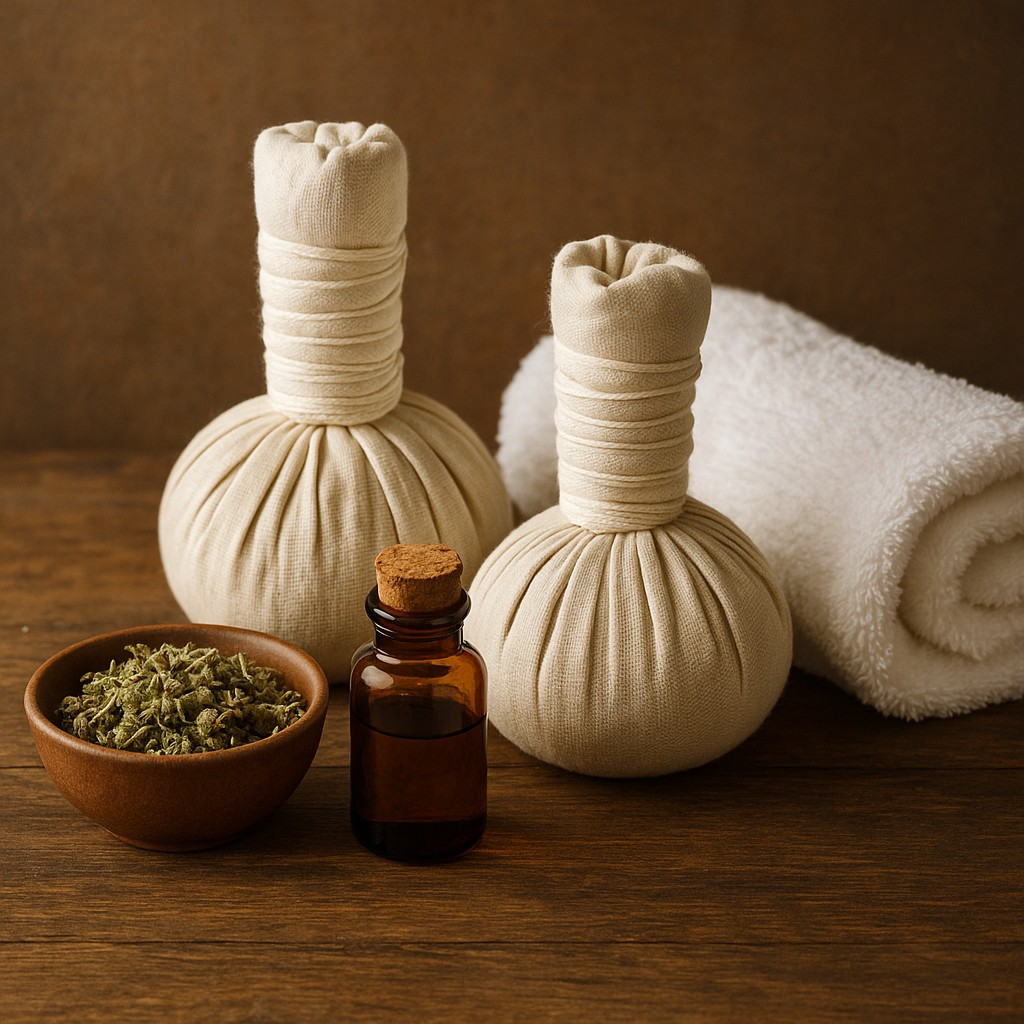
Diet, Nutrition, and Behavior
In Traditional Tibetan Medicine (TTM), diet and daily behavior are considered fundamental pillars for maintaining health and restoring energetic balance.
Each person has a unique constitution (based on the humors Wind, Bile, and Phlegm), and therefore, nutrition should be personalized according to the individual’s energetic needs, the seasons of the year, and the stage of life.
In addition to diet, moderation in emotions, sleep, physical activity, and social habits is also recommended. Balanced behavior is essential to strengthen both mind and body, preventing illness even before it manifests.
This guidance supports the selection of foods, meal times, flavor combinations, and daily practices that promote physical, mental, and spiritual well-being.
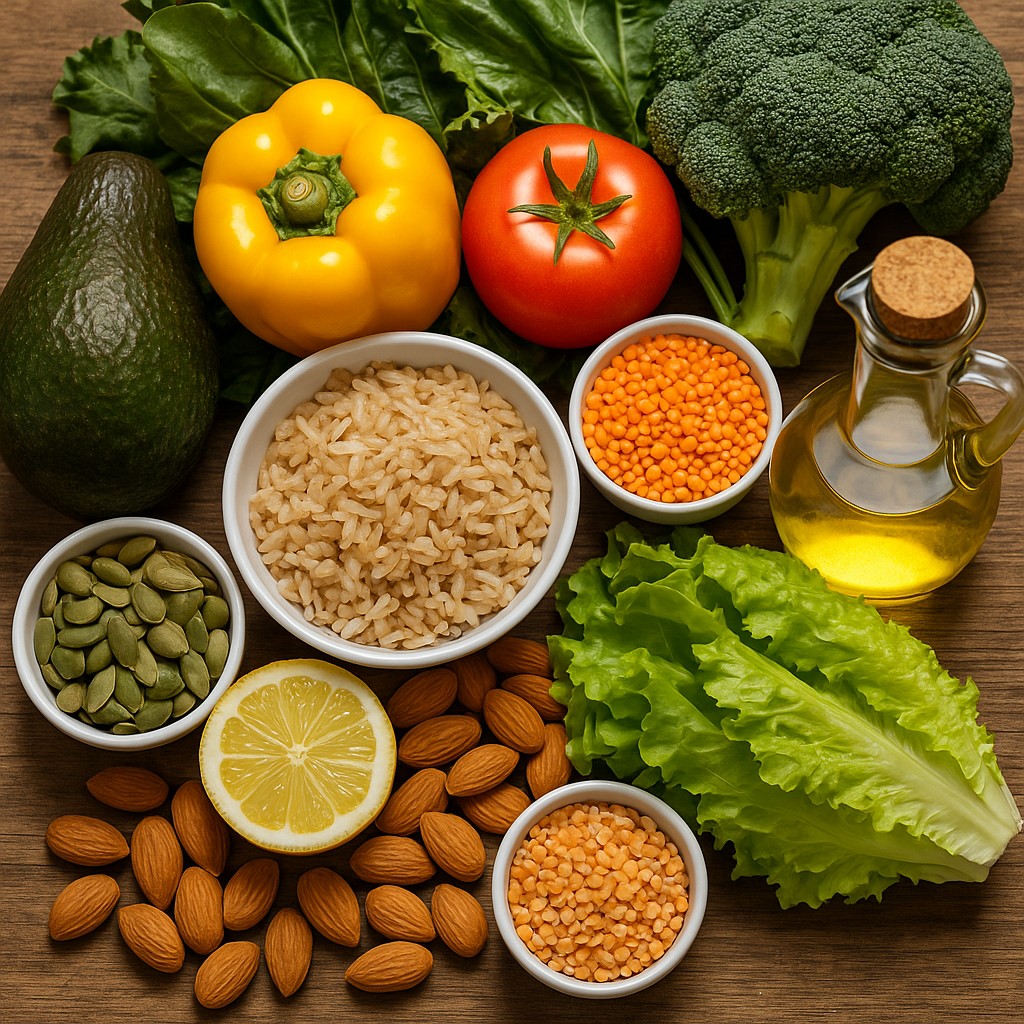
Blood Type Diet
The Blood Type Diet is based on the idea that each blood type (A, B, AB, and O) has distinct metabolic characteristics and reacts differently to certain foods. This method proposes a personalized diet that respects each person’s bio-individuality.
In the integrative approach, this diet can be combined with the principles of Tibetan Medicine, adjusting foods not only according to blood type but also in harmony with the body’s humors (Wind, Bile, and Phlegm) and natural cycles.
Adopting a diet tailored to your blood type may help with digestion, weight management, inflammation reduction, and boosting vital energy. This guidance is especially helpful for those seeking a more specific and balanced dietary plan aligned with their genetic and energetic predispositions.
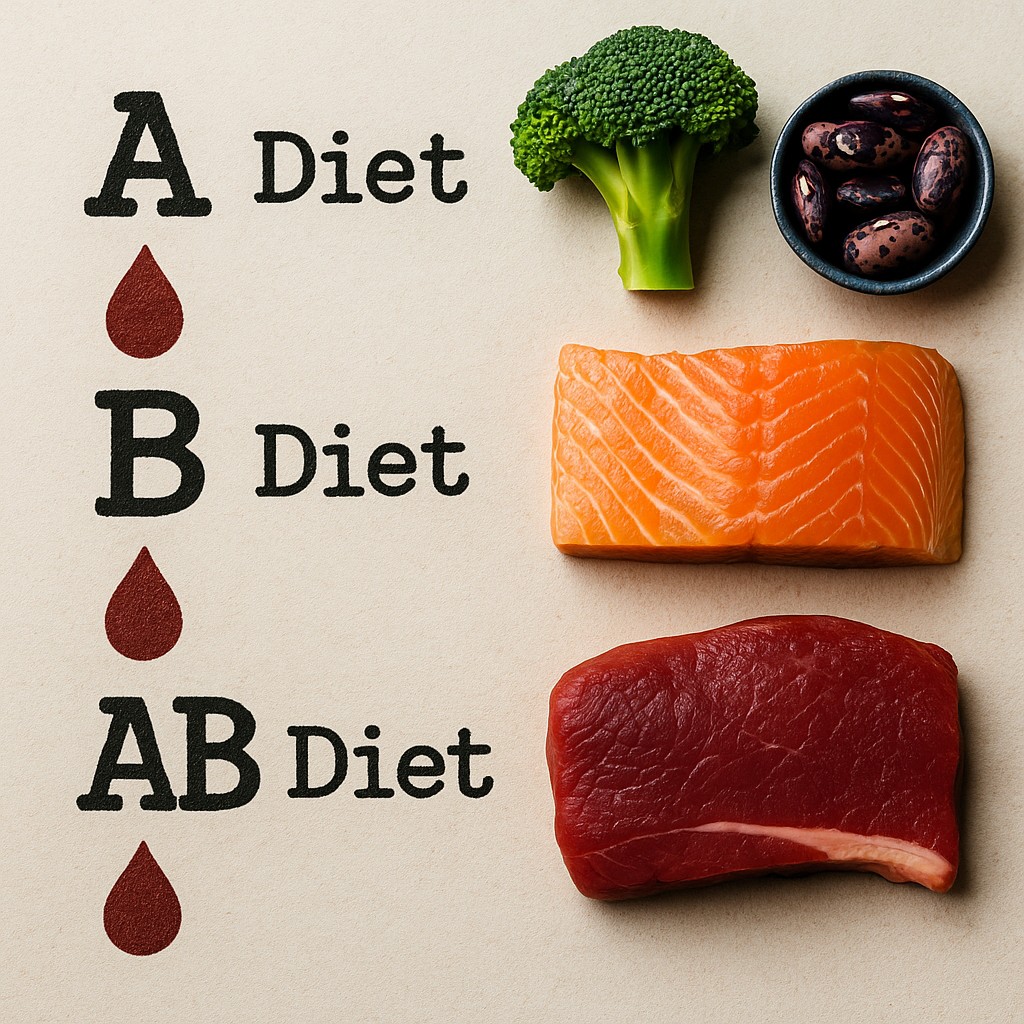
Auriculotherapy
Auriculotherapy is a therapeutic technique that stimulates specific points on the ear to treat physical, mental, and emotional imbalances. Inspired by Eastern traditions, this practice views the ear as a microcosm of the human body, where each point is linked to an organ or vital function.
In the Tibetan complementary approach, auriculotherapy is used as a subtle form of energy regulation, especially effective for relieving tension, chronic pain, sleep disorders, and emotional imbalances related to the Wind humor.
Small stimuli are applied using fine needles, magnetic beads, or seeds, which remain on the ear for several days. This technique promotes the body's self-regulation, and is safe, non-invasive, and highly effective as a therapeutic support.
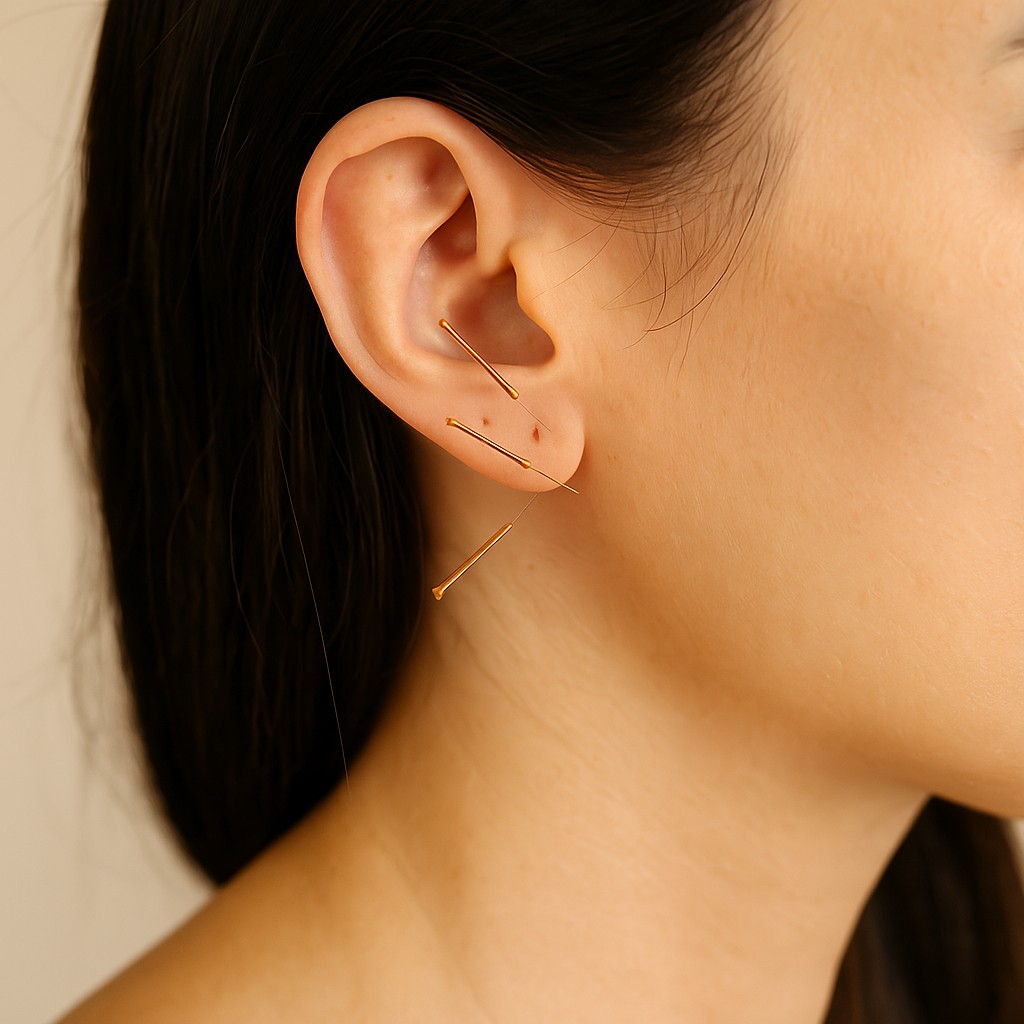
Iridology
Iridology is a natural diagnostic method that observes patterns, colors, and markings in the iris — the colored part of the eye — to assess an individual's state of health. It is believed that each part of the iris reflects an organ or body system, functioning as a “map” of internal conditions.
Combined with the principles of Tibetan Medicine, iridology helps identify energetic imbalances related to the Wind, Bile, and Phlegm humors, enabling a more precise and personalized therapeutic plan.
This analysis does not replace clinical examinations, but it is a valuable tool for understanding hereditary tendencies, constitutional weaknesses, and areas of the body that may require preventive attention or natural treatment.
